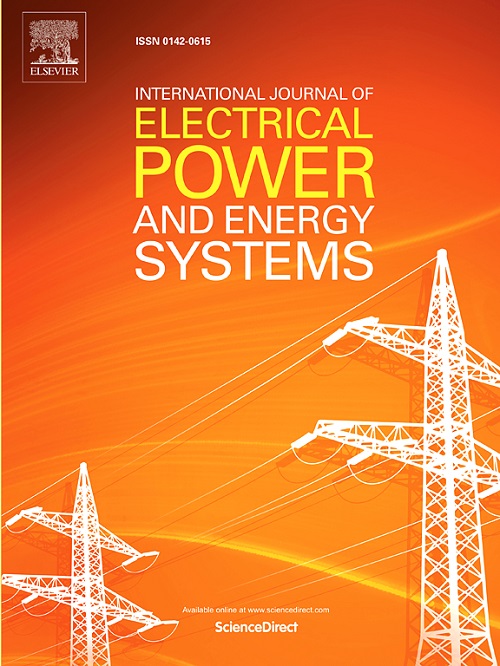Photovoltaic power prediction system based on dual-layer decomposition strategy and a novel dynamic grouping multi-objective coati optimization algorithm
IF 5
2区 工程技术
Q1 ENGINEERING, ELECTRICAL & ELECTRONIC
International Journal of Electrical Power & Energy Systems
Pub Date : 2025-02-27
DOI:10.1016/j.ijepes.2025.110562
引用次数: 0
Abstract
The substantial volatility of photovoltaic (PV) power output presents challenges to the stable operation of power grids. To improve the accuracy and stability of PV power prediction, this study proposes a PV power prediction system based on a dual-layer decomposition strategy and a dynamic grouping multi-objective Coati optimization algorithm (DGMOCOA). This system includes three core modules: data preprocessing, optimization, and prediction. The dual-layer decomposition strategy effectively utilizes high-frequency signal information, overcoming the limitations of single-layer methods. Additionally, the DGMOCOA employs a dynamic grouping strategy to balance exploration and exploitation, enhancing the system’s accuracy and stability. To validate the proposed strategy and hybrid model, extensive experiments were conducted. The results show that, compared to 11 benchmark models, the proposed model achieves higher prediction accuracy and greater stability. In interval prediction, it also demonstrates higher coverage and narrower intervals.
求助全文
约1分钟内获得全文
求助全文
来源期刊
CiteScore
12.10
自引率
17.30%
发文量
1022
审稿时长
51 days
期刊介绍:
The journal covers theoretical developments in electrical power and energy systems and their applications. The coverage embraces: generation and network planning; reliability; long and short term operation; expert systems; neural networks; object oriented systems; system control centres; database and information systems; stock and parameter estimation; system security and adequacy; network theory, modelling and computation; small and large system dynamics; dynamic model identification; on-line control including load and switching control; protection; distribution systems; energy economics; impact of non-conventional systems; and man-machine interfaces.
As well as original research papers, the journal publishes short contributions, book reviews and conference reports. All papers are peer-reviewed by at least two referees.

 求助内容:
求助内容: 应助结果提醒方式:
应助结果提醒方式:


